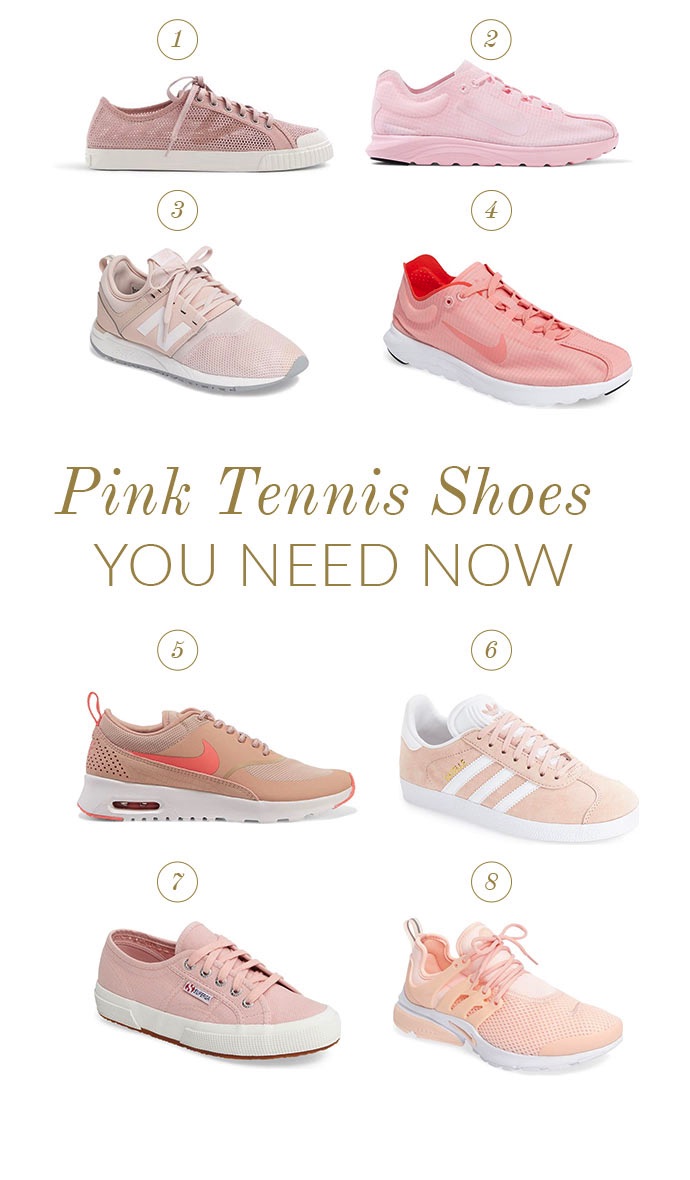
There are few events which represent the crossroads at which fashion retail finds itself than Ted Baker and Boohoo.com releasing their sales figures in the same week.
Ted Baker, a once unfailingly popular brand, announced on Tuesday that they expect their full-year underlying pre-tax profit to be as much as €14.6m below a previous estimate of €70m. Shares for the company fell 29pc at its lowest, the biggest drop since they began trading in 1997.
Ted Baker’s apparent demise is, like many of its competitors, is a legacy company that has either poorly adapted to a changing environment or employed the wrong people in overseeing a transition into contemporary practices.
Firstly, from a strictly fashion perspective, the clothes and accessories haven’t evolved from their Celtic Tiger-era heyday. In the noughties, grown women would clamour for a shiny leather wallet with an oversized bow on the front, which has been considered outdated for at least five years.
 66
66Nowadays, accessories has moved nearly exclusively towards high end labels.
Ted Baker charges €70 for a leather cardholder, whereas you can spend €135 for a better made version by Mulberry. For €160, you can get one from Gucci.
It’s the kind of fashion maths that appeals to an Instagram generation, nearly all of whom quite literally dress to impress. And any self-respecting shopper knows that Ted Baker and Mulberry don’t carry the same weight in name recognition.
Secondly, consumers are increasingly moralistic when it comes to the brands they support. Post #MeToo, there is an increase in ethical considerations in who makes your clothes and when founder Ray Kelvin resigned last year amid accusations of inappropriate behaviour including “forced hugs” and ear kissing, no amount of overpriced satin dresses could reel customers back in.
We are at the height of ‘cancel culture’ which urges the end of an individual’s career after the social media mobs found them guilty of any crime of which they are accused.
In contrast to Ted Baker’s emergency struggles, less than 24 hours later, Boohoo.com, the online-only discount retailer reported revenue growth of 39% in its first fiscal quarter.
For all its intents and purposes, I maintain that Boohoo still isn’t fashion – it may be in the business of selling clothes, but selling clothes and selling fashion remain two different things.
What Boohoo.com does have going for it though is a second-to-none marketing and PR strategy: ads for their lines air before aligning television shows like Keeping Up With The Kardashians and Love Island and they send influencers around Europe free clothes every month so that they can add a 360 degree approach to their reach.
Fashion bloggers and influencers share ‘hauls’ with their followers, usually accompanied by a discount code, and get even more advertising at a fraction of the cost as to what they’d pay for traditional media in print or broadcast. Influencers need content and fast fashion brands need exposure, so it’s the perfect marriage.
They understand their customers and set the tone for trends: since the start of 2018, they’ve released collaborations with Paris Hilton and Kylie Jenner’s ousted best friend Jordyn Woods, all of which were indicators of how seriously they’re taking their American expansion. (Comparatively, at Ted Baker’s SS19 presentation in London, their biggest name guest was Greer Grammar, the daughter of Frasier star Kesley).
It’s hard to argue with value for money when their price points are so low (the average dress costs €10 and you can get a coat for €30). And there are near-constant sales, especially aimed at students. The company purchased Nasty Gal and PrettyLittleThing in 2017 and both fall under the same type of social media-led marketing strategies and have practices that align with the fast fashion leaders they are.
Boohoo’s strengths are also its weaknesses: it’s reactive, trendy and cheap; but in order to have such a fast turnover of products, the conditions in which they are made can leave informed consumers in an ethical quagmire.
 66
66The depth of the environmental impact of fast fashion is still being assessed, but we know that the global industry is responsible for approximately 7% of the greenhouse gas emission, as reported in findings by environmental consultant agency Quantis.
The more clothes you buy, the more eventually go to waste and the cheaper they are, the more you buy.
It’s a vicious cycle.
It’s this exact situation that remains at the heart of the high street’s ongoing collapse and the workable solutions requires the kind of fashion maths executives don’t want to hear: work smarter, work harder and accept the good ol’ days are done.






